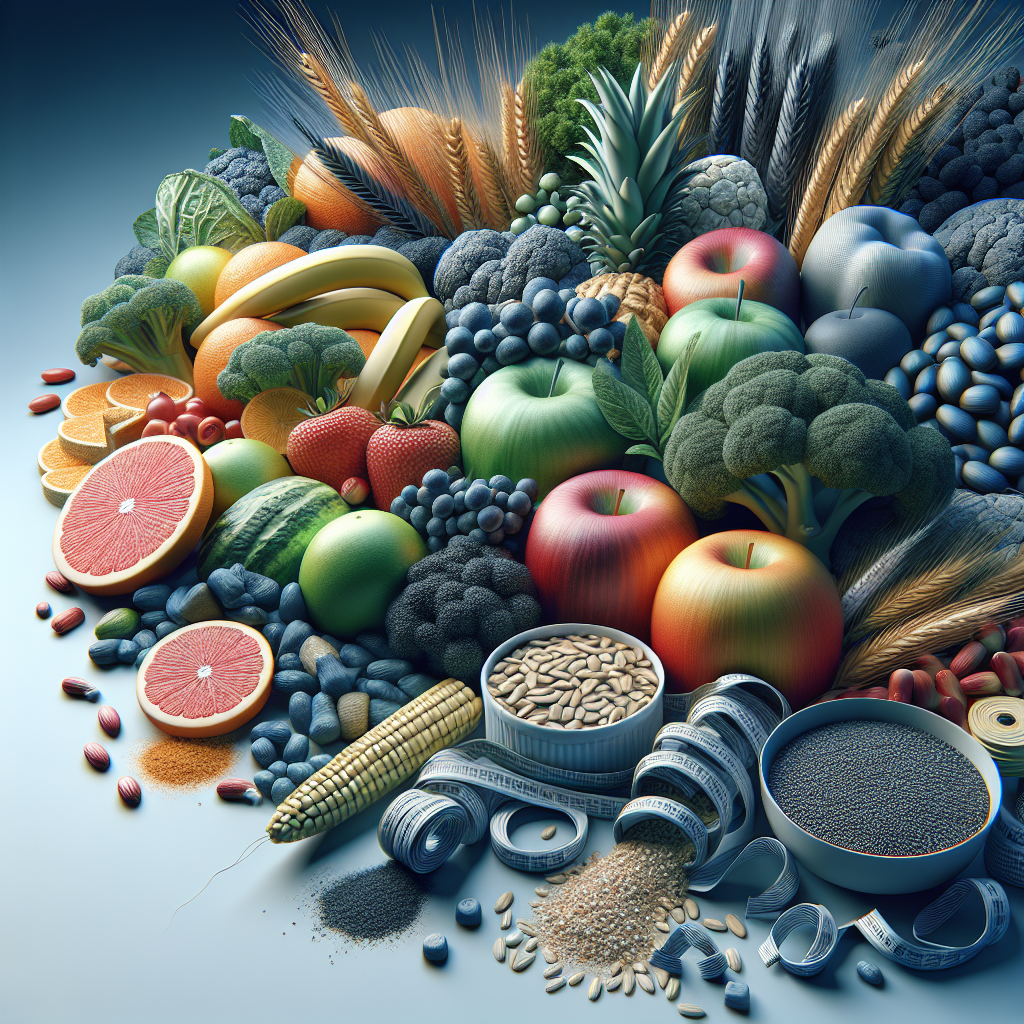Losing belly fat is a multifaceted endeavor that requires a combination of dietary modifications, physical activity, and lifestyle changes. To effectively reduce abdominal fat, individuals should focus on a balanced diet rich in nutrients, engage in regular physical exercise, manage stress levels, get adequate sleep, and avoid harmful habits such as excessive alcohol consumption and smoking. This article explores each of these aspects in detail, providing evidence-based strategies and practical tips to help you achieve your goals.
Understanding Belly Fat: The Science Behind It
Before delving into the strategies for reducing belly fat, it is essential to understand why it accumulates in the first place. Belly fat, also known as visceral fat, surrounds organs and poses significant health risks, including diabetes, heart disease, and metabolic syndrome. Several factors contribute to increased abdominal fat, such as:
- Genetics: Some individuals are genetically predisposed to store fat in their midsection.
- Hormones: Hormonal imbalances, especially involving insulin and cortisol, can lead to increased fat storage in the abdomen.
- Diet: Foods high in sugar, refined carbohydrates, and unhealthy fats contribute significantly to belly fat accumulation.
- Physical Activity: A sedentary lifestyle is a major risk factor for gaining belly fat.
- Stress: High stress levels can lead to increased cortisol, which has been linked to higher abdominal fat.
- Age: As people age, metabolism slows down, and hormonal changes can also contribute to fat accumulation.
With an understanding of these factors, let’s explore effective strategies to combat belly fat.
Nutrition: The Cornerstone of Fat Loss
A nutritious diet is fundamental to reducing belly fat. Here are key dietary strategies:
1. Adopt a Balanced Diet
Emphasize whole foods, including plenty of fruits, vegetables, whole grains, lean proteins, and healthy fats.
Key Components:
| Food Group | Examples | Benefits |
|---|---|---|
| Fruits | Berries, apples, oranges | High in fiber, low in calories |
| Vegetables | Leafy greens, broccoli | Nutrient-dense, add volume to meals |
| Whole Grains | Quinoa, brown rice | Fiber-rich, aids in digestion |
| Lean Proteins | Chicken, fish, legumes | Satiating, supports muscle growth |
| Healthy Fats | Avocado, nuts, olive oil | Supports heart health, enhances satiety |
2. Reduce Sugar and Refined Carbohydrates
High sugar intake and consumption of refined carbohydrates can spike insulin levels, promoting fat storage, especially around the belly.
Tips:
- Replace sugary beverages with water, herbal teas, or sparkling water.
- Choose whole grains over refined grains (opt for whole wheat bread rather than white).
- Read labels to avoid hidden sugars in packaged foods.
3. Increase Fiber Intake
Diets high in soluble fiber can help reduce visceral fat by enhancing digestion and promoting feelings of fullness.
Sources of Soluble Fiber:
- Oats
- Flaxseeds
- Black beans
- Brussels sprouts
- Avocados
4. Portion Control: Mindfulness in Eating
Controlling portion sizes can prevent overeating. Techniques include:
- Using smaller plates to make portions look larger.
- Eating slowly to recognize hunger and fullness cues.
- Practicing mindful eating by focusing on the eating experience without distractions.
Physical Activity: An Essential Component
Regular physical activity is crucial for burning calories and improving overall health.
5. Incorporate Cardiovascular Exercise
Cardio exercises are effective in burning fat, particularly visceral fat. Aim for at least 150 minutes of moderate aerobic exercise per week.
Recommended Activities:
- Walking
- Jogging
- Cycling
- Swimming
- Dancing
6. Strength Training for Muscle Building
Strength training helps build lean muscle mass, increasing metabolism which aids in fat loss. Aim for two or more days of strength training per week.
Examples of Strength Training:
- Resistance training
- Bodyweight exercises (push-ups, squats)
- Weight lifting
7. High-Intensity Interval Training (HIIT)
HIIT workouts boost metabolism and can be more effective than steady-state cardio for fat loss.
How to Start:
- Choose an exercise (e.g., sprinting, cycling).
- Sprint for 20-30 seconds followed by a 1-2 minute walk or slow pace.
- Repeat for 15-30 minutes.
Lifestyle Modifications: Stress and Sleep Management
8. Manage Stress Effectively
Chronic stress raises cortisol levels, leading to weight gain, particularly in the abdomen.
Stress Management Techniques:
- Meditation: Practice mindfulness or guided meditation to reduce stress levels.
- Yoga: Helps to manage stress and can improve overall physical health.
- Deep Breathing: Engaging in deep breathing exercises can activate the body’s relaxation response.
9. Prioritize Sleep Quality
Insufficient sleep is linked to weight gain, including belly fat. Aim for 7-9 hours of quality sleep per night.
Improving Sleep Quality:
- Establish a regular sleep schedule.
- Create a restful sleeping environment (cool, dark, and quiet).
- Limit screen time before bed.
Avoiding Harmful Habits
10. Limit Alcohol Consumption
Alcohol can contribute to increased belly fat, particularly if consumed in excess. Aim to limit alcohol intake to moderate levels or eliminate it altogether.
Healthy Alternatives:
- Opt for lower-calorie drinks such as wine or light beer.
- Incorporate alcohol-free days into your week.
11. Quit Smoking
Smoking is linked to increased belly fat and a range of other health issues. Quitting smoking can have immediate health benefits and contribute to fat loss.
Tracking Progress: Tools and Techniques
12. Monitor Your Diet
Keeping a food diary can help you become aware of your eating habits and identify areas for improvement.
Suggested Tools:
- Apps: Use applications like MyFitnessPal or Cronometer.
- Journals: Classic pen-and-paper can be effective for some users.
13. Measure Your Progress
In addition to scale weight, track other metrics such as waist circumference and body composition for a more comprehensive view of fat loss.
Recommended Measurements:
- Use a tape measure around the waist, at the narrowest point.
- Consider skinfold calipers or body composition scales for more detailed analysis.
Supplementation: To Consider or Not?
While a balanced diet should provide most nutrients necessary for fat loss, certain supplements may help:
14. Protein Supplements
When combined with resistance training, protein supplements can aid muscle recovery and growth.
Types:
- Whey protein
- Pea protein
- Casein protein
15. Omega-3 Fatty Acids
These healthy fats can reduce inflammation and promote a healthy weight. Consider fish oil or algae-based supplements if dietary intake is insufficient.
16. Probiotics
These beneficial bacteria help balance gut health, which may play a role in weight management.
Sources:
- Yogurt
- Kefir
- Probiotic supplements
Conclusion: A Holistic Approach to Belly Fat Reduction
Reducing belly fat requires a holistic approach that combines dietary changes, regular physical activity, mindful lifestyle practices, and the avoidance of harmful habits. By understanding the underlying causes of abdominal fat and implementing effective strategies, you can achieve significant improvements in your body composition and overall health.
Ultimately, the key is consistency and patience. Setting realistic goals and adopting sustainable habits will lead to lasting changes. Embrace a lifestyle that prioritizes health and wellness, and you will not only lose belly fat but also enhance your quality of life.
Through the integration of these strategies, you’ll embark on a journey that not only aims to reduce belly fat but also fosters a healthier, more balanced lifestyle. Stay committed, track your progress, and remember: every step you take is a step toward a healthier you.












